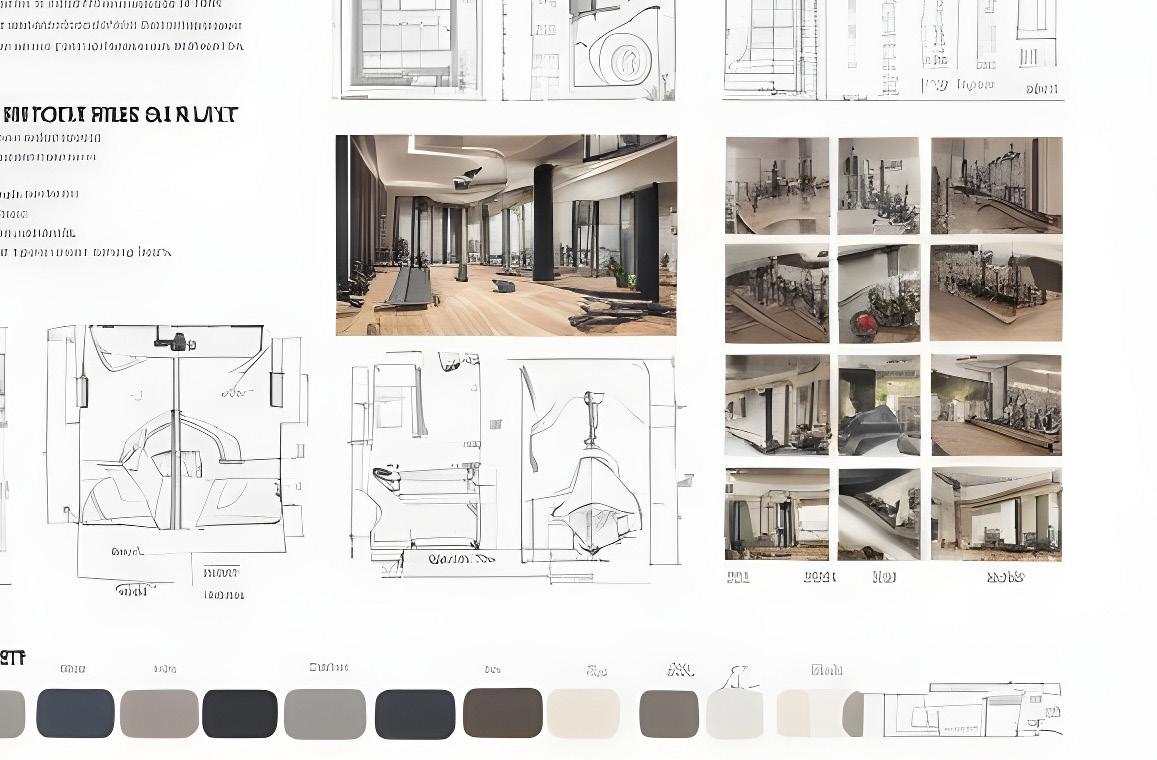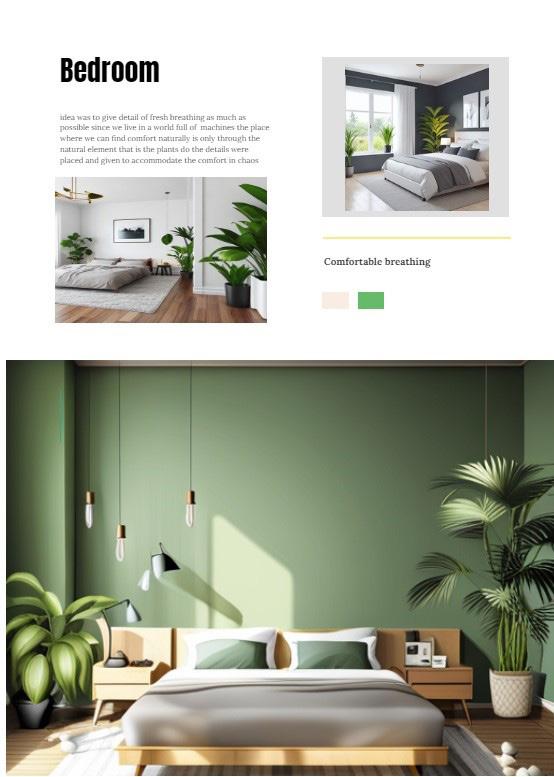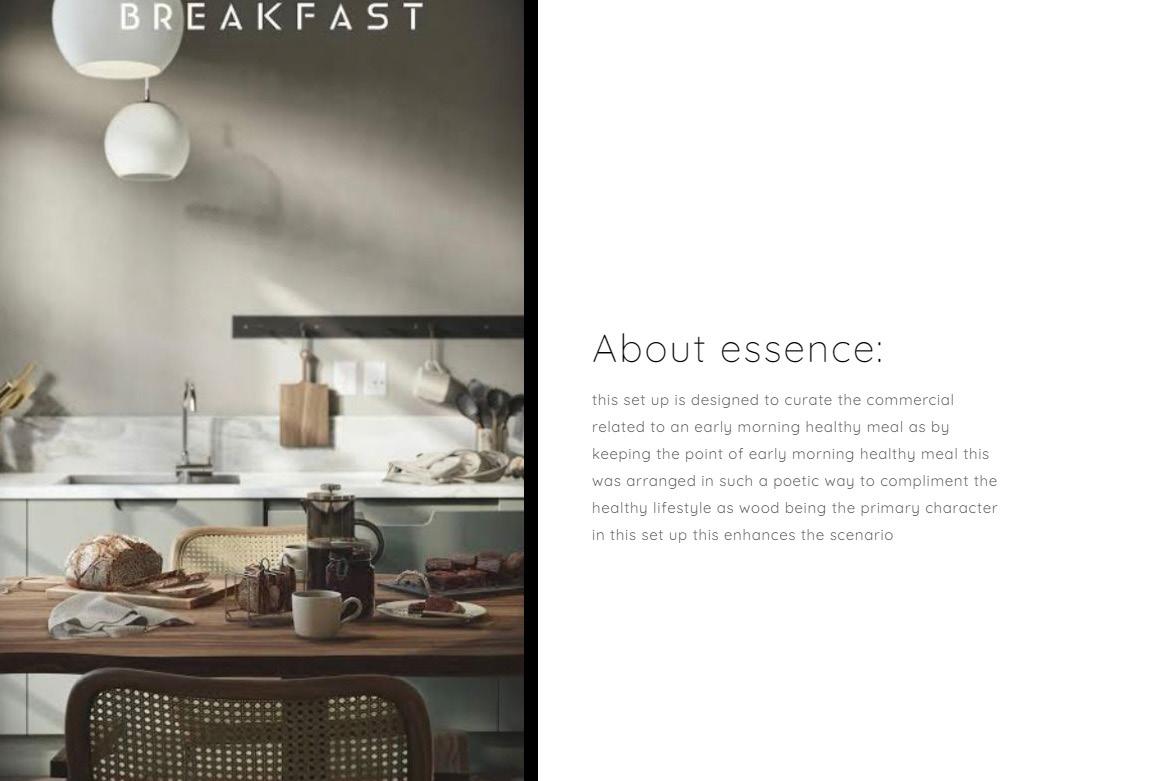-1 Cafe Aroma
-2 Cafe Re-Design
-3 Office for the Software
-4 Rusted Restro

-5 Commercial Building
-6 Lift Lobby
-7 Entrance Foyer
-8 Clothing Brand Store
-9 Fitness Center
-10 Miscellaneous


Understanding the Essence of Café Interior Design:
Café interior design is an art form that combines aesthetics with functionality to create a harmonious environment where patrons can relax, socialize, and indulge in culinary delights. At the heart of this design endeavor lies the careful selection and arrangement of interior furniture, which plays a pivotal role in shaping the ambiance and functionality of the space.
The Importance of Interior Furniture in Café Design:
Interior furniture serves as the backbone of café design, defining the layout, style, and comfort level of the space. From seating arrangements to counters and display units, every piece of furniture contributes to the overall aesthetic appeal and functionality of the café. Whether it’s a cozy corner for intimate conversations or communal tables for lively gatherings, the right furniture selection can transform a café into a welcoming haven for patron
Incorporating Trends and Innovations:
Café interior design is a dynamic field that constantly evolves with changing trends and innovations. From sustainable materials and space-saving solutions to interactive elements and customizable furniture designs, designers have a myriad of options to explore when conceptualizing café interiors. By staying abreast of the latest trends and incorporating innovative ideas, designers can elevate the café experience and set new standards in the industry.
Welcome to the exciting world of café interior design! In this introduction, we delve into the fundamental aspects of designing the interior furniture for a café space that not only captivates the senses but also enhances the overall dining experience.


Installation and Adjustability:
Metal hung lights are typically installed by suspending them from the ceiling using a mounting bracket or canopy. The length of the suspension rod, chain, or cable can often be adjusted to accommodate different ceiling heights or design preferences. Some pendant lights also feature adjustable arms or swivel mechanisms, allowing for flexibility in directing the light output.
Introduction to Café Interior Design Project:
Welcome to the exciting world of café interior design! In this project, into a vibrant and inviting café environment. Our goal is to create of daily life, immerse themselves in a cozy atmosphere, and savor
Project Overview:
Our client, an ambitious entrepreneur passionate about coffee culture the task of designing the interior of their new café. Located in a prime nity to merge modern design sensibilities with timeless comfort, sionals to families and tourists.
Design Philosophy:
At the heart of our design philosophy lies the belief that a café is sanctuary where people come together to unwind, recharge, and contemporary trends and local culture, we aim to craft an environment ensuring every detail contributes to the overall ambiance and experience.
Collaborative Approach:
Throughout the design process, we will work closely with the client, bring the vision to life. Our team is committed to open communication, ensuring a smooth and successful implementation from concept
As we embark on this exciting journey, we invite you to join us in a time. Together, let’s create a space where moments are savored,

project, we embark on a journey to transform a blank space create a haven where patrons can escape the hustle and bustle savor moments of relaxation and social connection.
culture and community engagement, has entrusted us with prime urban location, the café presents a unique opportucatering to a diverse clientele ranging from young profesmore than just a place to grab a cup of coffee—it’s a forge meaningful connections. Drawing inspiration from environment that is both aesthetically pleasing and functional, experience.
client, architects, contractors, and other stakeholders to communication, creative problem-solving, and attention to detail, to completion.
in shaping the future of café culture, one inspired design at connections are forged, and memories are made.

Embracing Sustainability and Innovation:
In today's environmentally conscious world, sustainable design practices are integral to office interior design. From energy-efficient lighting and eco-friendly materials to waste reduction strategies and green certifications, designers play a crucial role in minimizing the environmental footprint of workplaces. Moreover, by embracing innovative technologies and design solutions, designers can future-proof office interiors and adapt to evolving needs and trends in the ever-changing landscape of work.
In conclusion, office interior design is a multifaceted endeavor that requires a deep understanding of organizational dynamics, employee needs, and design principles. By blending creativity with functionality, designers can create inspiring workspaces that not only reflect the ethos of the organization but also empower employees to thrive and succeed in their professional journeys.

Welcome to the dynamic realm of office interior design, where creativity meets functionality to shape inspiring workspaces that foster productivity, collaboration, and well-being. In this introduction, we embark on a journey to explore the foundational elements of designing office interiors that not only reflect the ethos of the organization but also empower employees to thrive in their professional endeavors.


Understanding the Needs of the Organization:
Every organization has its unique mission, values, and work culture, which should be intricately woven into the fabric of design journey, it’s crucial to gain a deep understanding of the organization’s objectives, workflow dynamics, and employee with the aspirations and aspirations of the organization, designers can create spaces that resonate with its ethos and propel
Creating Spaces for Collaboration and Concentration:
The modern workplace is characterized by a dynamic interplay between collaboration and concentration. Office interior between open, collaborative spaces and private, focused areas to cater to the diverse needs of employees. From open-plan quiet nooks and meeting rooms, the design should offer a variety of settings that empower employees to choose the environment erences.
Prioritizing Employee Well-being and Comfort:
Employee well-being is at the forefront of contemporary workplace design. From ergonomic furniture and adjustable lighting rooms, designers have an array of tools at their disposal to create environments that promote physical health and mental accessibility, designers can cultivate spaces where employees feel valued, supported, and empowered to perform at their

of its office interiors. Before embarking on the employee preferences. By aligning the design vision propel its mission forward.
interior design should strike a delicate balance open-plan workstations and brainstorming zones to environment that best suits their tasks and pref-
lighting to biophilic elements and wellness mental wellness. By prioritizing comfort, safety, and their best.




Welcome to the world of office space design, where creativity, functionality, and innovation converge to shape environments that inspire productivity, collaboration, and well-being. In this introduction, we embark on a journey to explore the foundational elements of designing office spaces that not only reflect the identity of the organization but also support the diverse needs and aspirations of its workforce.
1. The Evolution of Office Spaces:
Office spaces have evolved significantly over the years, transitioning from traditional cubicle-filled environments to dynamic, flexible spaces that prioritize employee engagement and performance. Today, office design is recognized as a strategic tool for enhancing organizational culture, attracting top talent, and driving business success.
2. Understanding the Objectives and Requirements:
Effective office space design begins with a thorough understanding of the organization's objectives, values, and operational requirements. By collaborating closely with stakeholders, designers can gain insights into the unique challenges and opportunities facing the organization, allowing them to tailor the design solution to meet its specific needs and aspirations.
3. Creating Spaces for Collaboration and Concentration:
Modern workplaces thrive on collaboration and innovation, necessitating the creation of flexible, multifunctional spaces that facilitate teamwork and creativity. From open-plan work areas and brainstorming zones to quiet retreats and focus rooms, the design should offer a variety of settings that cater to different workstyles and preferences.
4. Prioritizing Employee Well-being and Comfort:
Employee well-being is a cornerstone of successful office space design. By prioritizing factors such as ergonomic furniture, natural lighting, indoor air quality, and access to nature, designers can create environments that promote physical health, mental well-being, and productivity. Additionally, amenities such as wellness rooms, fitness facilities, and relaxation areas can further support employee happiness and engagement.





Creating Visual Interest with Texture and Detailing:
While simplicity is key, incorporating texture and detailing can add visual interest and depth to the design. Consider introducing subtle textures through wall coverings, flooring materials, or architectural elements to create visual contrast and tactile appeal. Additionally, pay attention to detailing such as recessed lighting, trim work, or bespoke fixtures to elevate the overall aesthetic and reinforce the sense of elegance.
Fostering a Sense of Welcoming Atmosphere:
An elegant lift lobby should evoke a sense of warmth and hospitality, making visitors feel welcomed and at ease. Introduce comfortable seating areas, lush greenery, or curated artwork to create inviting focal points within the space. Thoughtfully curated ambient lighting can also contribute to the ambiance, providing a soft glow that enhances the overall mood and atmosphere of the lift lobby.
Incorporating Brand Identity and Architectural Context:
Lastly, consider how the design of the lift lobby aligns with the brand identity of the building or organization it serves. Incorporate subtle branding elements or design motifs that reflect the ethos and values of the entity. Additionally, take cues from the architectural context of the building, ensuring that the design harmonizes with the overall architectural language and style

Designing an Entry Lobby with Reception: Achieving Simplicity and Elegance
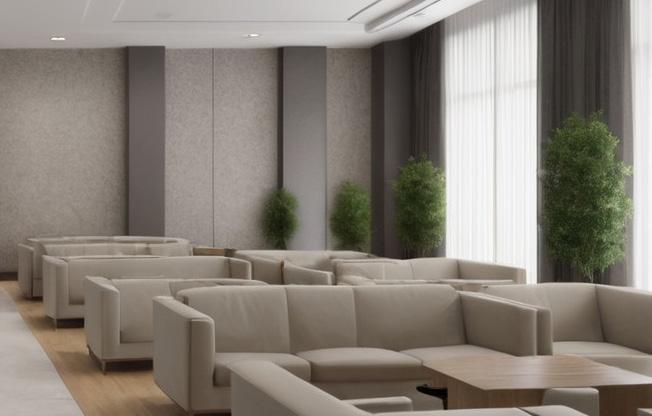
Designing an entry lobby with a reception area requires careful consideration of functionality, aesthetics, and user experience. A simple and elegant look can create a lasting impression on visitors while maintaining a welcoming atmosphere. Here's a thought process to achieve this:
1. Understanding User Needs and Flow:
Analyze the traffic flow and user needs: Determine the volume of foot traffic, the types of visitors (clients, employees, guests), and their requirements. Identify key functionalities: Understand the essential functions of the reception area, such as check-in, waiting, and information dissemination.
2. Simplifying Layout and Space Utilization:
Optimize space usage: Design a layout that maximizes space efficiency while allowing for comfortable movement and accessibility. Keep it clutter-free: Avoid overcrowding the lobby with unnecessary furniture or decorations. Embrace minimalist design principles to create an uncluttered and spacious feel.
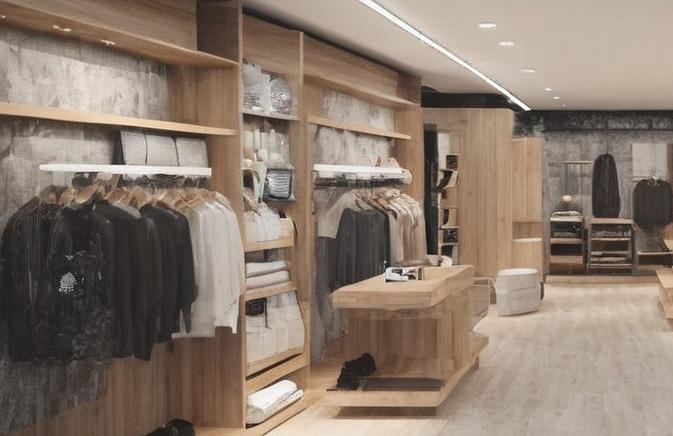


This gym Interior design is meticulously crafted to inspire and motivate fitness enthusiasts of all levels. As you step inside, sleek lines and modern furnishings create an atmosphere of sophistication and energy. Ample natural light floods the space, enhancing the ambiance and fostering a sense of vitality. The layout is thoughtfully organized, with designated areas for cardio, strength training, and functional exercises, ensuring a seamless flow for members to navigate. High-quality equipment is strategically placed, inviting users to engage in their workouts with ease. Vibrant accent colors punctuate the space, adding a dynamic flair and energizing the environment. Whether you’re a seasoned athlete or a beginner on your fitness journey, the gym’s interior design sets the stage for a rewarding and uplifting experience.

